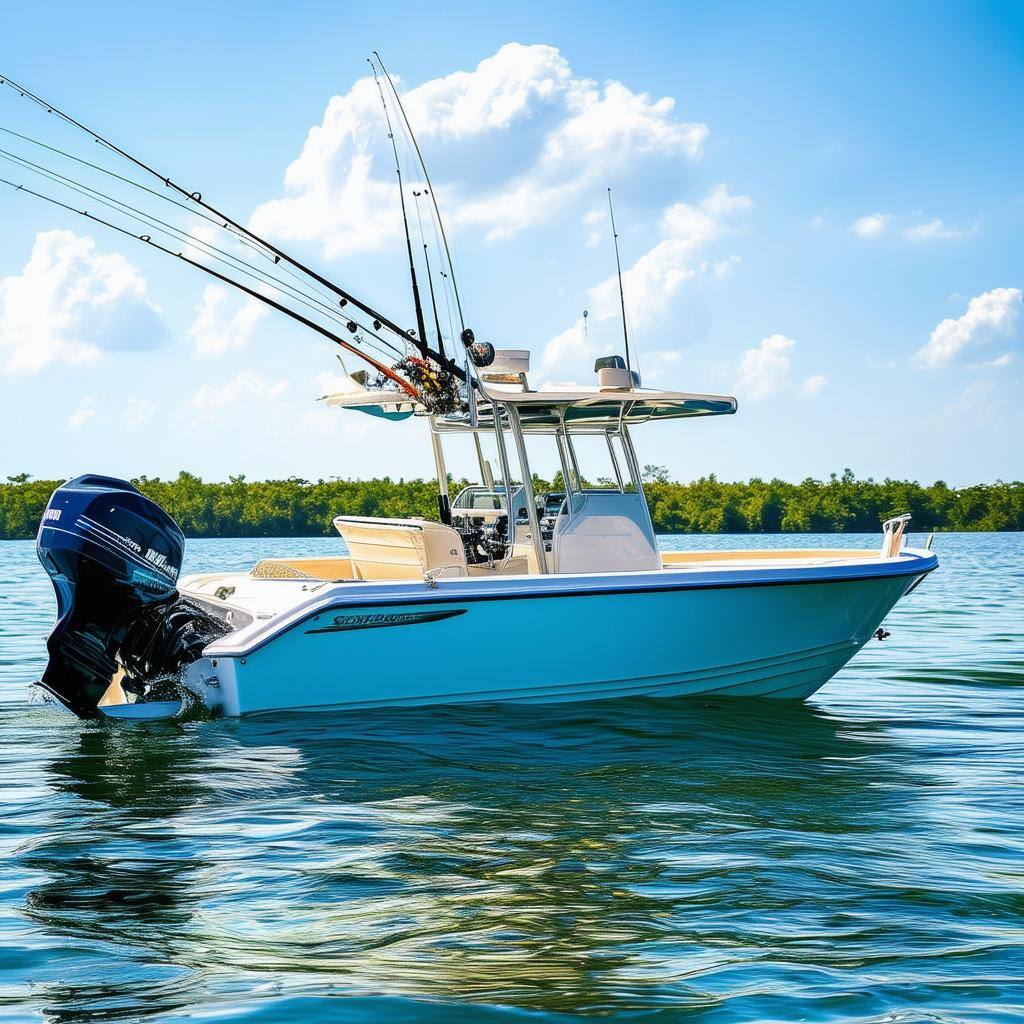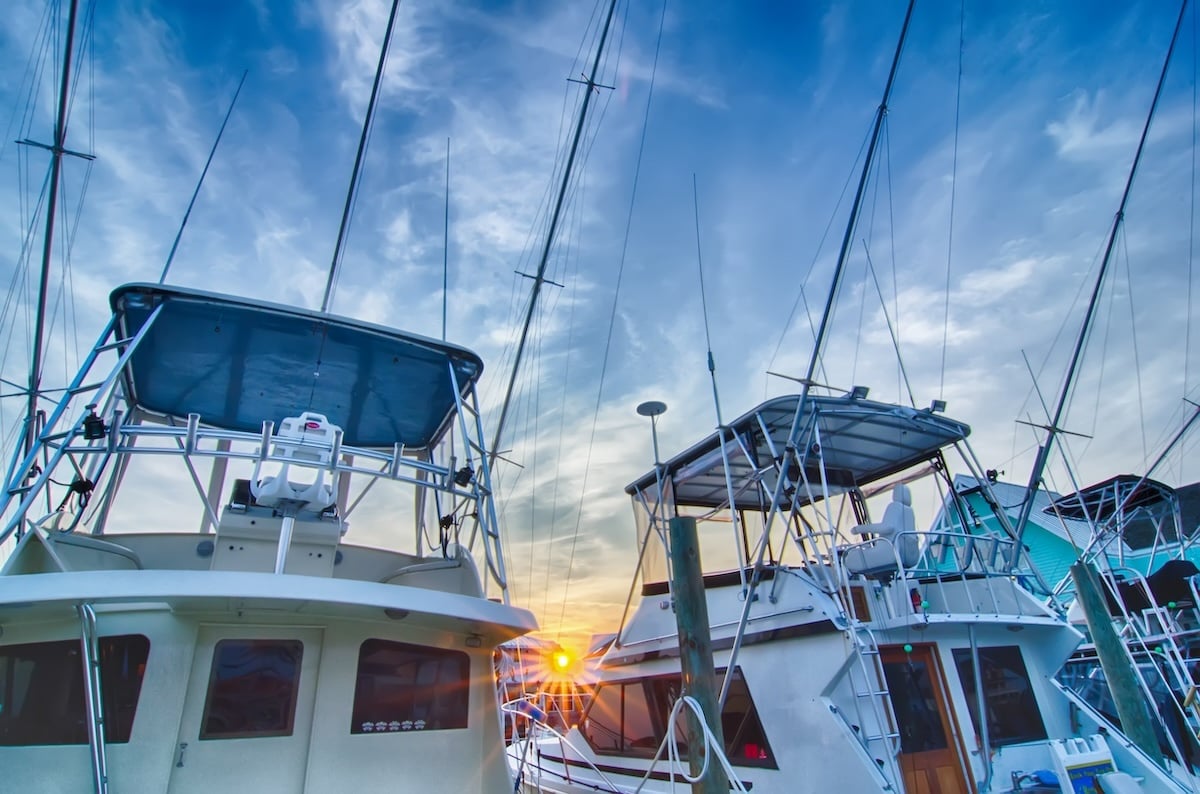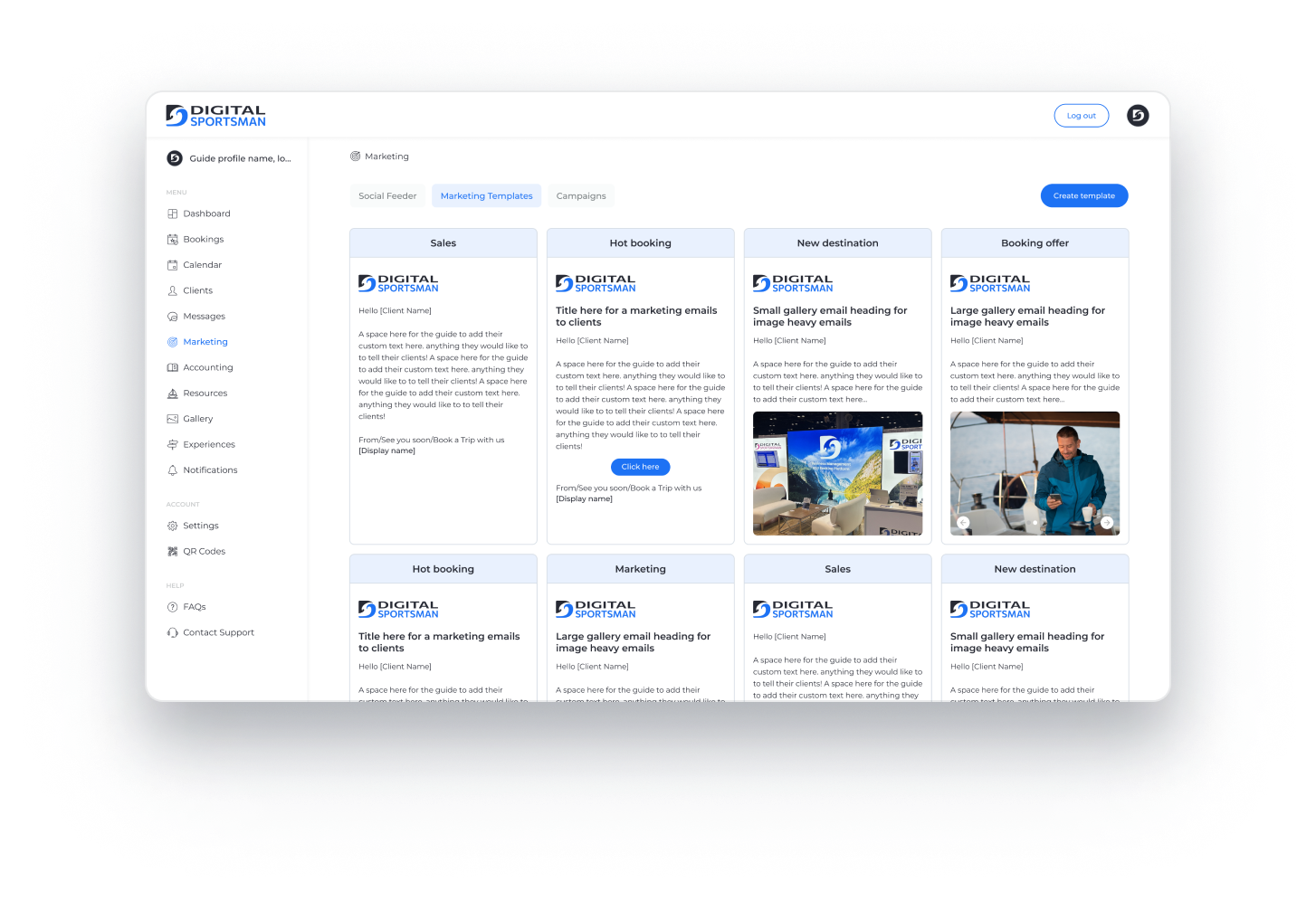It's a common misconception that online marketing is just about getting more visitors to your site. But traffic doesn’t mean much if it doesn’t turn into trips.
You can be ranking on Google, showing up on Instagram, and still be sitting on a half-empty calendar—not because people aren’t interested, but because your site isn’t closing the deal.
You’ve got the boat. You’ve got the gear. You’ve got 5-star reviews from every client who steps on board.
So why isn’t your website doing its job?
If your availability is wide open while the other guides in your area stay slammed...
if you're staring at an empty booking calendar while the other boats are constantly heading out loaded with clients, it’s probably not your fishing . It’s because your online presence isn’t doing the heavy lifting it should.
A lot of fishing guides don’t have a traffic problem. They have a conversion problem.
In other words: People are finding you. They’re interested. But something is getting in the way of them clicking that final button to book.
Here are some of the most common reasons that fishing charter websites with traffic fail to convert, and some online marketing tips for fishing guides to fix it.

Reason #1: People Are Finding You—But They’re Leaving
Maybe your site shows up in Google. Maybe your social posts get decent engagement. But here’s the problem: visibility isn’t enough if your site doesn’t convert traffic into paying customers.
Let’s say you’ve already put in the work to rank on Google. Your charter shows up when someone types in “snook charter near me,” and your Instagram is getting likes from people planning their vacation. That’s great—but…
Visibility without conversion doesn’t fill your calendar.
If people are visiting your site but not booking trips, it’s not a traffic issue—it’s a conversion problem. That means something in their experience is turning them off, confusing them, or giving them a reason to click away instead of committing to booking a charter.
Signs your website is underperforming:
- Slow load times, especially on mobile
- No clear pricing or trip options
- A contact form instead of a real booking system for fishing charters
- Generic photos or copy that doesn’t sell your trips
Even the most enthusiastic prospect—someone who wants to book—can get frustrated and move on if your site feels clunky or unclear.
Your goal is to make it as easy as possible for someone to go from “this looks like a cool trip” to “I’m booked and paid.”
Reason #2: You’re Relying on a “Contact Me” Button
There was a time when saying “Call or text to book” got the job done. And honestly, that approach still can work—for referrals, locals, or repeat customers who already know what you offer.
But a vague call-to-action like “Contact for availability” feels like a dead end for many other customers. They’re not looking for a back-and-forth. They want clarity. They want confidence. And above all, they want instant results.
Think of it this way: imagine you’re trying to book a hotel. You find one that looks decent, but instead of seeing the available rooms and rates, the site just says “Call for pricing.” No booking calendar, no photos of the rooms, no way to reserve online. Would you stick around and call? Maybe. But more likely, you’d bounce and book the next place that lets you lock it in right then and there.
A call-to-action like “Contact me” might feel personal and approachable to you—but to a new visitor, it reads like a dead end. It introduces uncertainty:
- If I fill this out, how long will it take to hear back?
- How do I know what trips are even available?
- Am I just going to just be sent pricing info? Or do I have to ask for it?
- Do I need to wait for a reply before I can lock something in?
- Will I feel pressured once I reach out?
- It’s the weekend… will I even hear back before Monday?
- Other fishing guides let me see availability and book instantly—why doesn’t this one?
These are the type of micro-decisions happening inside your customer’s head, often being made in seconds. And that little bit of hesitation is often enough to lose the booking.
What to do instead:
- Use a live booking calendar specifically for fishing guides
- Show trip types, durations, and rates
- Offer online deposits or full payment
- Include upsells like gear rental right in the booking flow
The more friction you remove, the more trips you book. It’s not about replacing your personal touch—it’s about clearing the path so more people can reach it.

Reason #3: Your Site Doesn’t Look Like It Belongs to a Current Business
Plenty of great fishing guides are still running websites that look like they haven’t been touched since the early 2000s. And look, we get it. You’ve been busy running trips, maintaining boats, and taking care of clients. Updating your website doesn’t always feel urgent when the fishing’s good and the phone still rings.
But here’s the reality: today’s customers judge your entire business based on a 10-second glance at your site. If they see blurry header images, grainy photos, clunky layouts, or logos that feel outdated, their brain makes a snap decision: this charter might not be legit.
People are skeptical with their vacation time and their money. If your site doesn’t look current, they’ll assume your business isn’t either.
Here’s what builds trust fast:
- Mobile-first design that looks clean and polished
- Recent client photos with happy faces and fresh catches
- Verified reviews, testimonials, and social proof
- Clear credentials (licensed captain, insured, etc.)
It’s not about pretending to be something you’re not. It’s about showing potential clients what you already are: a serious charter captain they can count on.
Reason #4: You’re Not Capturing the Locals or the Tourists
When you’re trying to appeal to everyone, it’s easy to end up connecting with no one. That’s a common trap for fishing guide websites: going broad in hopes of casting a wide net—but winding up invisible to both the out-of-towners and the folks right in your own backyard.
The core desire is the same for both groups: they want a great day on the water with someone who knows what they’re doing. But the way they search, what they prioritize, and how they make decisions can be very different—and that’s what matters when it comes to online marketing.
To appeal to both:
- Create location-specific pages that speak to tourist searches (e.g., “inshore charter near x”)
- Use Google Business Profile to appear in map results
- Post seasonal content or fishing reports to show you’re active and local
If your site feels like a placeholder instead of a resource, you’re losing both crowds.

Reason #5: There’s No Automatic Follow-Up After the Trip
You’ve just given your client an incredible day on the water—the kind they’ll be talking about for weeks. But once they step off the dock, what happens next?
For a lot of fishing guides, that’s where the connection ends. No follow-up. No review request. No reminder to rebook next season. That client loved their trip, but now they’re just a fading memory in your camera roll.
And that’s a missed opportunity—not because you did anything wrong, but because there’s so much value in staying top of mind once the trip is over.
That happy client might still have your name saved in their phone or photos from the day on their phone—but without a little nudge, life moves on and they forget to circle back.
Here are some things you can easily automate:
- A thank-you email the day after their trip
- A review link to Google or TripAdvisor
- A rebooking offer for next season
- A drip email with a trip photo, report, or tips for their next fishing trip
Clients don’t mind getting occasional follow-ups—they actually expect it from any business they trust these days. Use it to your advantage. When that message hits their inbox at the right moment, it can be the difference between a one-time trip and a repeat customer who books with you year after year.
How to Get More Bookings for Fishing Guides
If your fishing website looks great but isn’t generating bookings, the problem isn’t your guiding—it’s your conversion strategy. A few key changes can turn browsers into buyers, and turn your online presence into a real engine for growth.
Digital Sportsman makes that easier by giving you:
- Fast, mobile-optimized websites built to convert
- Integrated calendars and real-time booking
- Email automation and client follow-up tools
- Add-ons, waivers, inventory tracking, and more—all built for guides
Want to stop chasing leads and start filling your calendar? Set up your free demo now.
%20(1).png?width=349&height=75&name=DSman%20logo%20blue%20dark%201200%20(1)%20(1).png)

